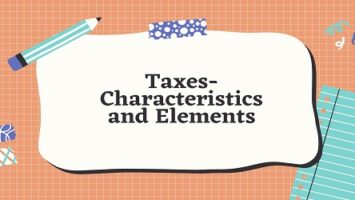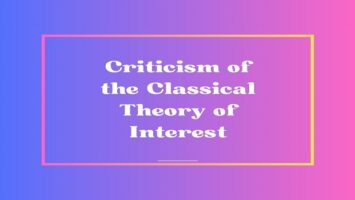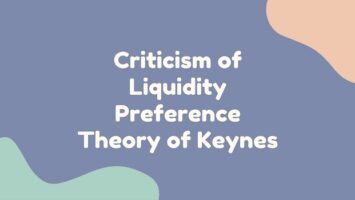Pigou’s Classification of Public Expenditure:
Professor Pigou classified public expenditure and said that “expenditure of money by government authorities may conveniently be separated under two heads, expenditure that purchases current services or productive resources for the use of these authorities and expenditures on existing property rights to private persons. The former group includes expenditure on the army, navy, air force, civil services, education service, judiciary, etc. The latter group includes expenditure on the payment of interest on government, debt, pensions, sickness benefits, etc., and also subsidies on the production of particular kinds of commodities such as sugar, milk, houses, etc. In the first edition of his book, the former type of expenditure he called exhaustive, while in the second edition; he called it real expenditure. In the third edition, he called it non-transfer expenditures, and the latter type of expenditure is called by his as transfer expenditures. To put it in the words of Prof. Pigou, It is perhaps better to call them, simply non-transfer expenditures. The latter type must in that case be called transfer expenditures.
In the social accounting sense, transfer expenditure does not create any income or output, while non-transfer expenditure always gives rise to the creation of some output and equivalent money income. Non-transfer expenditure always implies the actual using up of commodities and services that would, otherwise, have been available for some other purposes. For instance when the State pays a salary to a soldier, then the soldier cannot utilize his services for the other alternative purpose. In the absence of this expenditure, his services would have been available for some other purpose. On the other hand, transfer expenditure implies only a transfer from the State to the recipients of command over commodities and services.
However, this basis of classifications is said to be satisfactory as far as it is associated with essential characteristics of public expenditure, i.e., in the case of non-transfer expenditure, the community is benefitted from the services and commodities on which it is incurred. In the case of transfer expenditure, the community is benefitted indirectly through the benefits conferred on the recipients.









Comments (No)